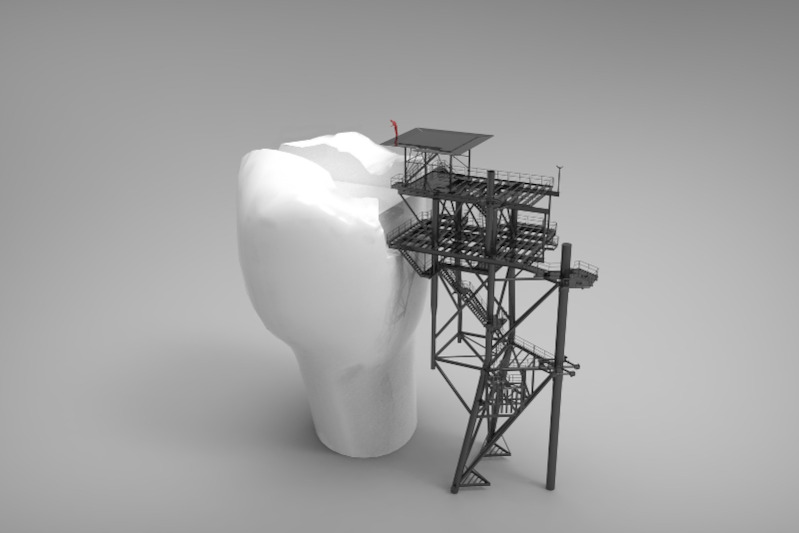There is a widespread assumption that once a tooth cavity is filled by your dentist, the tooth fillings will last forever. This is a common myth, as the lifespan of a filling remains largely dependent upon the material that is used to fill the tooth. Other factors include the care you give your teeth every day as a part of your dental hygiene routine, and which teeth have been filled.
When do you need tooth fillings?
During a routine check-up at the dentist, your teeth will be examined for general health and condition. An experienced dentist is able to tell from the examination which teeth need to be filled or treated, if any, and will advise during the appointment about the different types of fillings available to suit your particular circumstances.
The most common reasons for patients needing tooth fillings are:
- The appearance of a cavity, either in its early stages or ‘full-blown’.
- Cracked or broken teeth.
- Worn teeth, which can happen if the patient grinds their teeth or bites their nails.
What types of tooth fillings are available?
Historically and most commonly, tooth fillings were made from a silver amalgam substance, made up of a mixture of silver, zinc, copper, tin and mercury. Although this type of filling is still widely available, many dental professionals are looking to the latest materials for filling teeth to suit a patient’s individual requirements.
Modern dental filling materials include the use of:
- Gold
- Porcelain
- Composite resin
- Glass ionomer
- Plastic
Which types of fillings last the longest?
The longevity of tooth fillings varies, and as previously mentioned, depend also on the care given to the teeth during a daily routine of brushing and flossing, and which teeth are filled – whether they are large or small teeth, and their position in the mouth.
Some types of fillings are unsuitable for certain groups of people, such as those with an allergy, for example, to the minute amounts of mercury present in amalgam fillings. Your dentist will be able to recommend the type of filling that best suits your needs, right down to budgetary requirements.
Let’s take a look at each type of modern tooth filling material to compare longevity expectations and advantages:
Gold fillings
Gold fillings can be more costly than other types of filling, but often please patients that prefer the look of a gold filling to a silver one. Gold does not corrode, and is expected to last for at least 10-15 years, often much longer.
Composite resin fillings
Composite resin fillings match the colour of the tooth, making them less visible than gold or silver amalgam fillings. Composite resin fillings mean a little more time in the dentist chair for treatment, and are expected to last for around five years, although with dedicated care, can last for longer.
Glass ionomer fillings
These types of fillings are most commonly used in children and for dental work below the gumline. Although made from a weaker material, glass ionomer releases fluoride and can inhibit further decay of the tooth. The latest types of glass ionomer perform better than the older types, which had a life expectancy of five years or less.
Porcelain (or ceramic) fillings
The average life expectancy of porcelain fillings is more than 15 years, with a cost comparable to gold fillings.
Dental Excel dentists in Brisbane and the Sunshine Coast are experienced in all types of dental tooth fillings, working with our patients closely to achieve oral health. We can advise our patients during a routine appointment about the best types of fillings to suit their personal taste and circumstances.
Contact us to make your family appointment today, and let us help you with friendly and professional advice, and top-class dentistry to make your fillings last.

